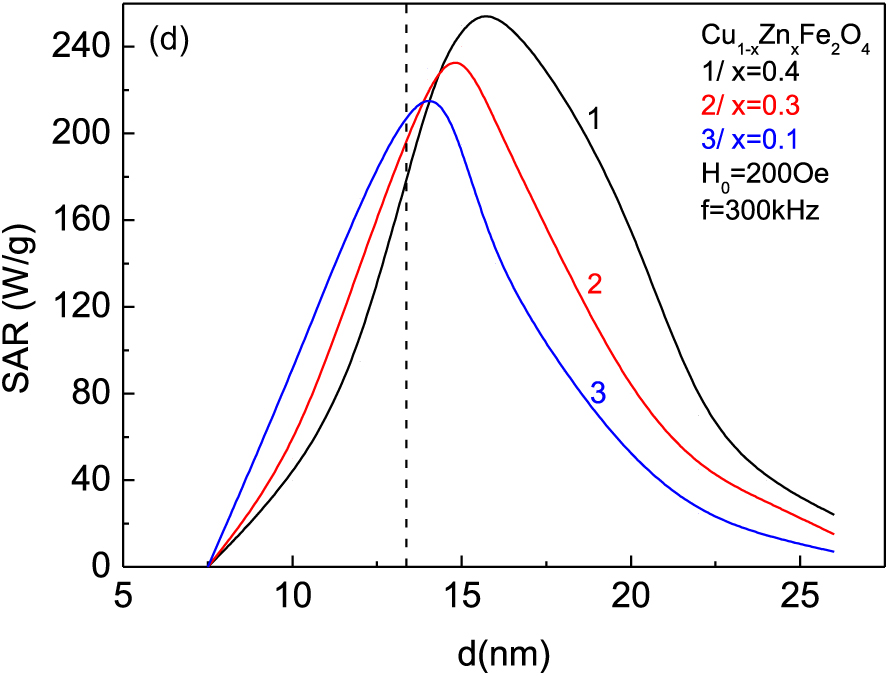EPJ B Highlight - Magnetic nanoparticles can 'burn' cancer cells
- Details
- Published on 03 April 2019

Magnetic hyperthermia is still a highly experimental cancer treatment, but new research shows that the therapy is tunable
Unfortunately, cancer isn’t simply a single disease, and some types, like pancreas, brain or liver tumours, are still difficult to treat with chemotherapy, radiation therapy or surgery, leading to low survival rates for patients. Thankfully, new therapies are emerging, like therapeutic hyperthermia, which heats tumours by firing nanoparticles into tumour cells. In a new study published in EPJ B, Angl Apostolova from the University of Architecture, Civil Engineering and Geodesy in Sofia, Bulgaria and colleagues show that tumour cells’ specific absorption rate of destructive heat depends on the diameter of the nanoparticles and the composition of the magnetic material used to deliver the heat to the tumour.
Magnetic nanoparticles delivered close to the tumour cells are activated using alternating magnetic fields. Hyperthermia therapy is effective if the nanoparticles are absorbed well by the tumour cells but not by cells in healthy tissue. Therefore, its effectiveness depends on the specific absorption rate. Bulgarian scientists have studied several nanoparticles made of an iron oxide material called ferrite, to which are added small quantities of copper, nickel, manganese or cobalt atoms - a method called dopping.
The researchers investigated magnetic hyperthermia based on these particles, both in mice and in cell cultures, for two distinct heating methods. The methods differ in terms of how the heat is generated in the particles: via direct or indirect coupling between the magnetic field and the magnetic moment of the particles.
The authors show that the tumour absorption rate greatly depends on the diameter of the nanoparticles. Surprisingly, the absorption rate increases as particle diameter increases, as long as the level of doping of the material is sufficiently high and the diameter doesn’t exceed a set maximum value (max. 14 nanometres for cobalt doping, 16 nm for copper).
A. Apostolov, I. Apostolova and J. Wesselinowa (2019), Specific absorption rate in Zn-doped ferrites for self-controlled magnetic hyperthermia, European Physical Journal B 92:58, DOI: 10.1140/epjb/e2019-90567-2





